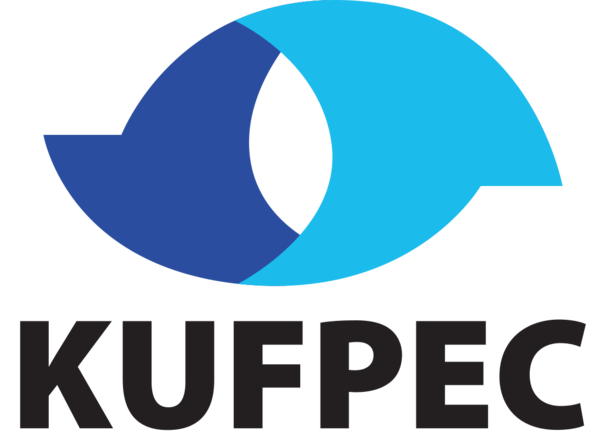BUSINESS CASE: ENHANCED PROSPECT DE-RISKING
ENHANCED PROSPECT DE-RISKING WITH COMPRESSIBILITY
Tackling the elusive challenge of residual gas characterization in hydrocarbon reservoirs, this paper unfolds the story of how WEB-AVO Inversion emerged as a game-changer in the Julimar Field, NW Shelf of Australia, providing a paradigm shift in how we de-risk our prospects. Faced with the intricacies of differentiating live gas from residual gas, the field presented an ideal scenario to test the prowess of this innovative approach.
The Julimar Field Challenge
Nestled in the complex geological setting of the Barrow Sub-basin in the Northern Carnarvon Basin is the Julimar Field (WA-49-L) reservoirs, including the TR23.0 sand which is studied here. The geology is complex with a history of active tectonism and varied depositional phases, making conventional seismic interpretation methods challenging. The primary obstacle? Distinguishing the residual gas from live gas.
For years, the industry-standard methods, relying heavily on amplitude-based seismic attributes, repeatedly stumbled at accurately mapping the elusive residual gas, leading to many disappointing wells.
WEB-AVO inversion brought a fresh perspective to the table, capable of solving directly for Compressibility, an elastic parameter that in this geological setting showed promise to differentiate between live from and residual gas.
The spotlight turned to the TR23.0 reservoir, where the WEB-AVO Inversion was put to the test. The method painted a detailed picture of the reservoir contrasting starkly with the homogeneous images offered by traditional techniques. High compressibility regions up dip, indicating gas sands, were distinctly mapped, separating clearly from low saturation gas or water-bearing sands down dip. A clearly defined switch off conforming to a depth contour honors the regional gas-water contact further building confidence. This clarity was not just theoretical; drilling results echoed the accuracy of the WEB-AVO’s predictions as Well-A encountered fizz-gas.
The Julimar Field’s journey with WEB-AVO Inversion is more than a case study; it’s a narrative of overcoming geological complexities with technological innovation and the framing of a new workflow for prospect portfolio ranking. By accurately characterizing residual gas, WEB-AVO inversion can significantly reduce uncertainty and maximize value of the seismic data.


Common attributes and linear inversion parameters fail to discriminate the saturation variation across the prospect drilled by Well A. Compressibility successfully discriminates the difference in saturation generating a distinct contact that conforms to a depth contour.

Project facts:
- Location: Julimar Field (WA-49-L) Barrow Sub-basin of the Northern Carnarvon Basin
- Operator: North West Shelf Venture (BP, Chevron, Shell, Woodside, Mitsubishi/Mitsui (50/50 JV))
- Phase: Production
- Target depth: 3200m
Keys to success:
- Compressibility responding to fluid saturation
- WEB-AVO inversion solves directly for compressibility even in unfavorable conditions, with interbed multiples damaging the far offsets of the gathers
Resources:
- Conference Proceedings EAGE Annual Conference & Exhibition 2023: Working with Inverted Elastic Attributes to De-risk Low Saturation Gas
Authors:
Said AmiriBesheli1, Talal Esmaiel1, Pablo Benitez2, Panos Doulgeris2, and John Coffin2
Affiliation: 1KUFPEC Australia, 2Delft Inversion

